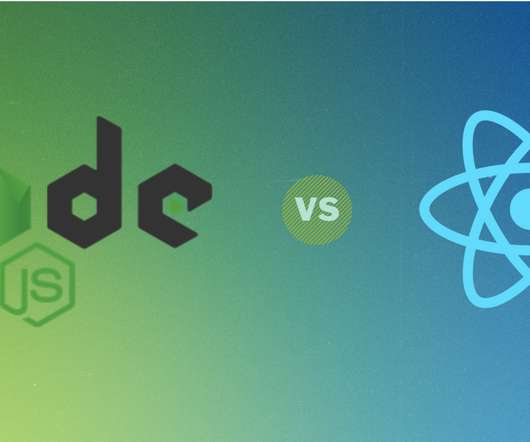Top Redis Use Cases by Core Data Structure Types
Scalegrid
AUGUST 30, 2019
Redis , short for Remote Dictionary Server, is a BSD-licensed, open-source in-memory key-value data structure store written in C language by Salvatore Sanfillipo and was first released on May 10, 2009. Depending on how it is configured, Redis can act like a database, a cache or a message broker. Redis Strings Use Cases.












Let's personalize your content